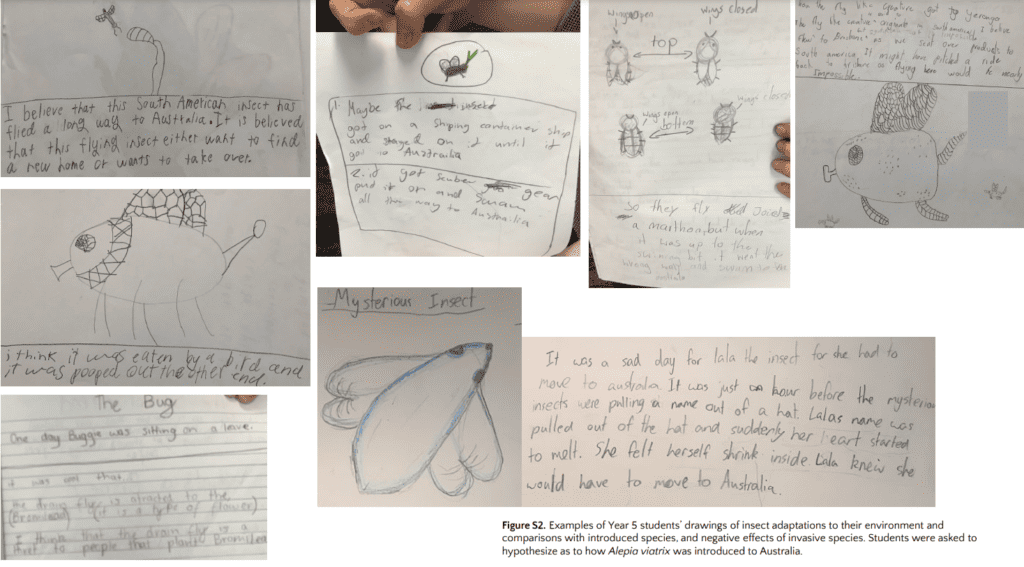Yeronga State School in Brisbane finds first record of the fly genus Alepia in Australia!

Of all the insects that the Yeronga students caught in their Malaise trap, this tiny fly is probably not what they thought scientists would find exciting. But when we were looking at the DNA barcodes from their school, a couple of those DNA sequences were nearly identical to the sequences of a species called Alepia viatrix, which was described from specimens found in a Botanical Garden in Portugal. The species was described and named in 2022 by Santiago Jaume-Schinkel, who is currently completing his PhD in Germany.
We contacted Santiago and asked if he thought Yeronga’s specimens might actually be Alepia viatrix…. and if so, what was it doing in Queensland if it originally was known from Portugal?? Santiago was happy to have a look at our specimens, so we sent them off to Germany! These fly specimens have now gone from Brisbane QLD, to Adelaide SA, to Ottawa Canada, back to Adelaide and now to Germany!
Santiago confirmed that the specimens were definitely Alepia viatrix by looking at the morphology as well as the DNA. But how did it get here? A couple of other species in the same genus, Alepia, are known to live in bromeliad plants as larvae – so the current hypothesis is that Alepia viatrix has hitchhiked in plants imported into Australia for garden planting! It’s unlikely the fly will cause any issues in the Australian environment, and so far, we only know about these two specimens.

Santiago has now published the story of the fly and its 18,000km journey to Australia in a scientific paper! The paper is open access, so you can download a copy and read it here!
The year 5 Yeronga students were also part of the paper, and presented their hypotheses for how Alepia may have come to Australia.

We are loving seeing the publications for Insect Investigators start to appear!
